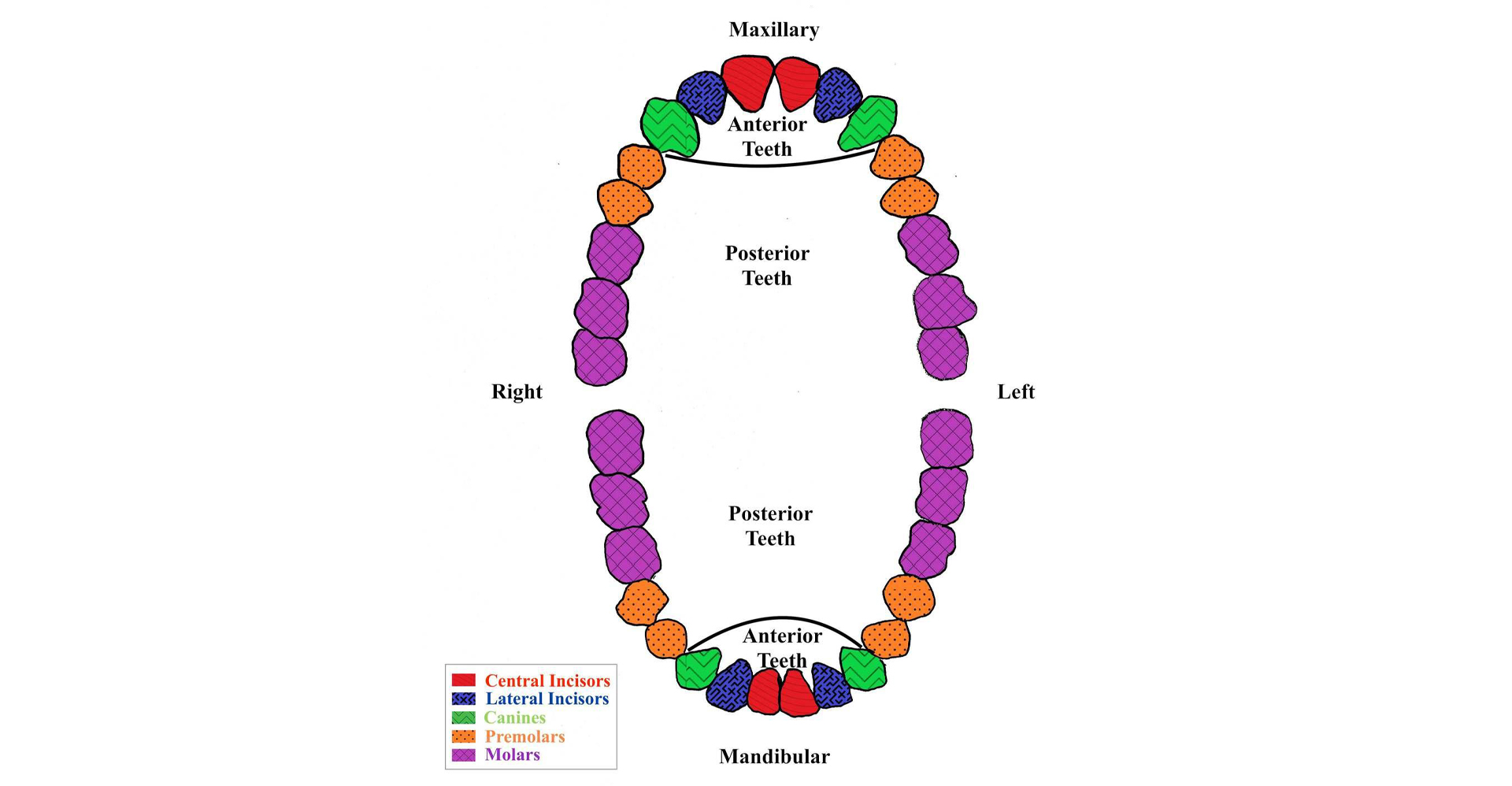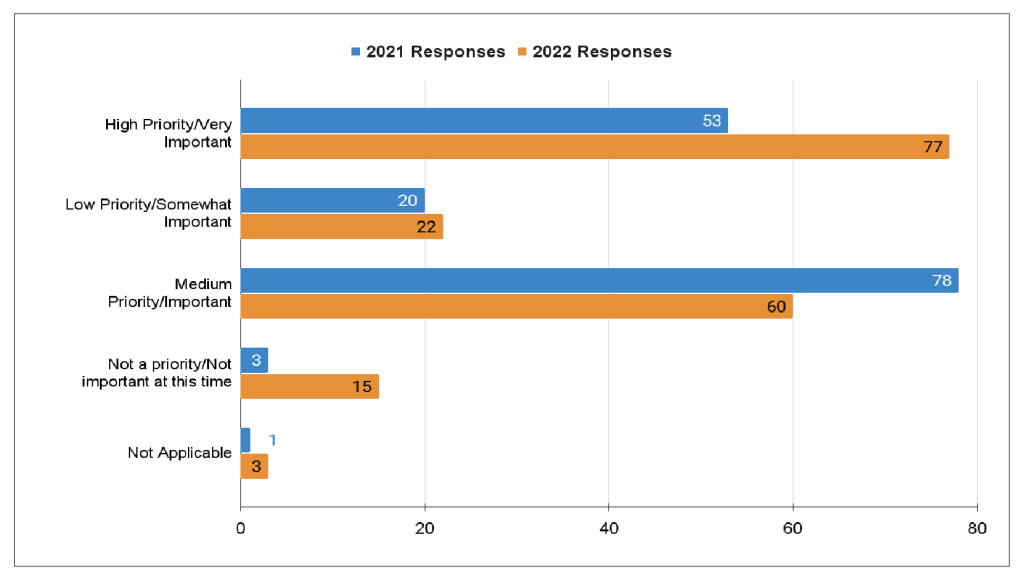The National Institute of Standards and Technology (NIST) has finalized the report Bitemark Analysis: A NIST Scientific Review.
The report details the findings from a NIST review of the scientific foundations of bitemark analysis, a forensic technique used to compare the marks on the skin of a biting victim with the teeth of a potential biter.
Following a short introduction on how the review was conducted, the report includes chapters on:
- Background information on bitemark analysis, including the principles and practices involved in bitemark analysis and comparison.
- Data and information sources used in the review and how they were located.
- Important factors that influence the reliability of bitemark analysis.
- Thoughts on future directions of bitemark analysis.
A draft report was first published in October 2022 and was open for public comments through Dec. 12, 2022. The finalized report includes minor updates based on public comments received.
Supplemental information is available, including the October 2019 CSAFE Bitemark Thinkshop Report. The Center for Statistics and Applications in Forensic Evidence (CSAFE) hosted a NIST-funded meeting in 2019 where forensic dentists, researchers, statisticians, lawyers and other experts addressed scientific questions about bitemark analysis. The meeting summary was written by Alicia Carriquiry, CSAFE director, and Hal Stern, CSAFE co-director, and helped to inform the NIST scientific review.
NIST hosted a three-hour webinar to discuss the draft report and its finding on Oct. 27, 2022. A recording of the webinar is available at https://www.nist.gov/news-events/events/2022/10/webinar-bitemark-analysis-nist-scientific-foundation-review.
More details about the report can be found at https://www.nist.gov/spo/forensic-science-program/bitemark-analysis-nist-scientific-foundation-review.



